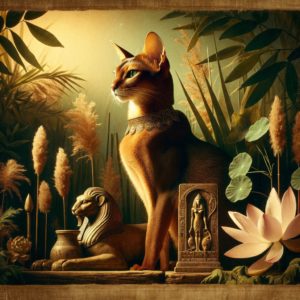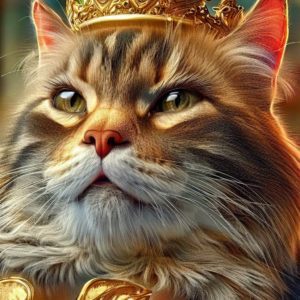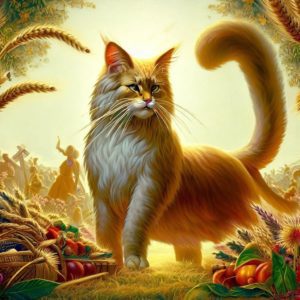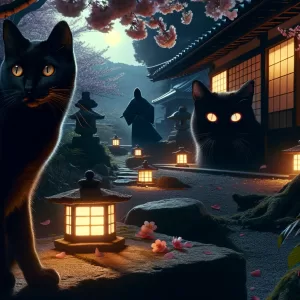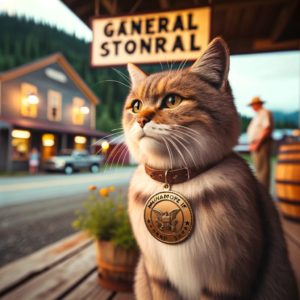In the rich and mystical pantheon of ancient Egyptian mythology, the legend of Bastet stands as a captivating fusion of the divine and the earthly, intertwining the reverence for cats with the veneration of feminine power and fertility. Bastet, often depicted as a lioness or as a woman with the head of a cat, emerges not merely as a deity in ancient lore but as a symbol of protection, grace, and nurturing strength. Her story is more than a myth; it’s a window into the cultural and spiritual fabric of ancient Egypt, revealing deep insights into their understanding of the divine, nature, and the role of femininity.
Bastet: The Dual Nature of the Goddess
Bastet, in her earliest incarnation, was depicted as a fierce lioness, a protector goddess who embodied the aggressive aspects of the feminine. Over time, her image softened to that of a domestic cat, reflecting a more nurturing, gentle aspect of femininity and motherhood. This evolution in her depiction mirrors the ancient Egyptians’ understanding of the dual nature of the divine feminine – capable of both fierce protection and tender care. Bastet thus becomes a symbol of the balanced power of womanhood, embodying both the warrior and the nurturer.
The Cat as a Sacred Symbol
In the legend of Bastet, the cat is elevated from a mere animal to a sacred symbol of grace and poise. Cats, revered in ancient Egyptian society, were seen as manifestations of Bastet, deserving of respect and protection. This reverence for cats speaks to the Egyptians’ deep connection with and understanding of the natural world. Cats, known for their agility, independence, and protective nature towards their offspring, mirrored the qualities associated with Bastet herself.
Fertility and the Feminine Mystique
As a goddess of fertility, Bastet was invoked for protection during childbirth and in matters of health and love. Her influence extended to ensuring the fertility of the land and the prosperity of the home. In this capacity, Bastet represents the nurturing aspect of the earth and the life-giving power inherent in femininity. She stands as a testament to the reverence of the feminine mystique in ancient Egyptian culture, a celebration of the powerful role of women as bearers and nurturers of life.
A Protector of Home and Hearth
Beyond her role as a fertility goddess, Bastet was also considered a protector of the home. Her image was often placed in households to safeguard against evil spirits and misfortune. This protective aspect of Bastet emphasizes the sacredness of the domestic sphere in ancient Egyptian society and the crucial role of the divine feminine in maintaining the balance and harmony of everyday life.
Bastet’s Enduring Legacy
The legend of Bastet, rich in symbolism and meaning, offers a glimpse into the ancient Egyptians’ spiritual and cultural landscape. Through the lore of this cat goddess, we understand the profound respect and reverence for the natural world, the feminine divine, and the harmonious balance of opposing forces. Bastet’s story is more than a myth; it’s a lasting legacy that continues to fascinate and inspire, a testament to the enduring power of ancient wisdom and the timeless allure of the mystical and the divine.

